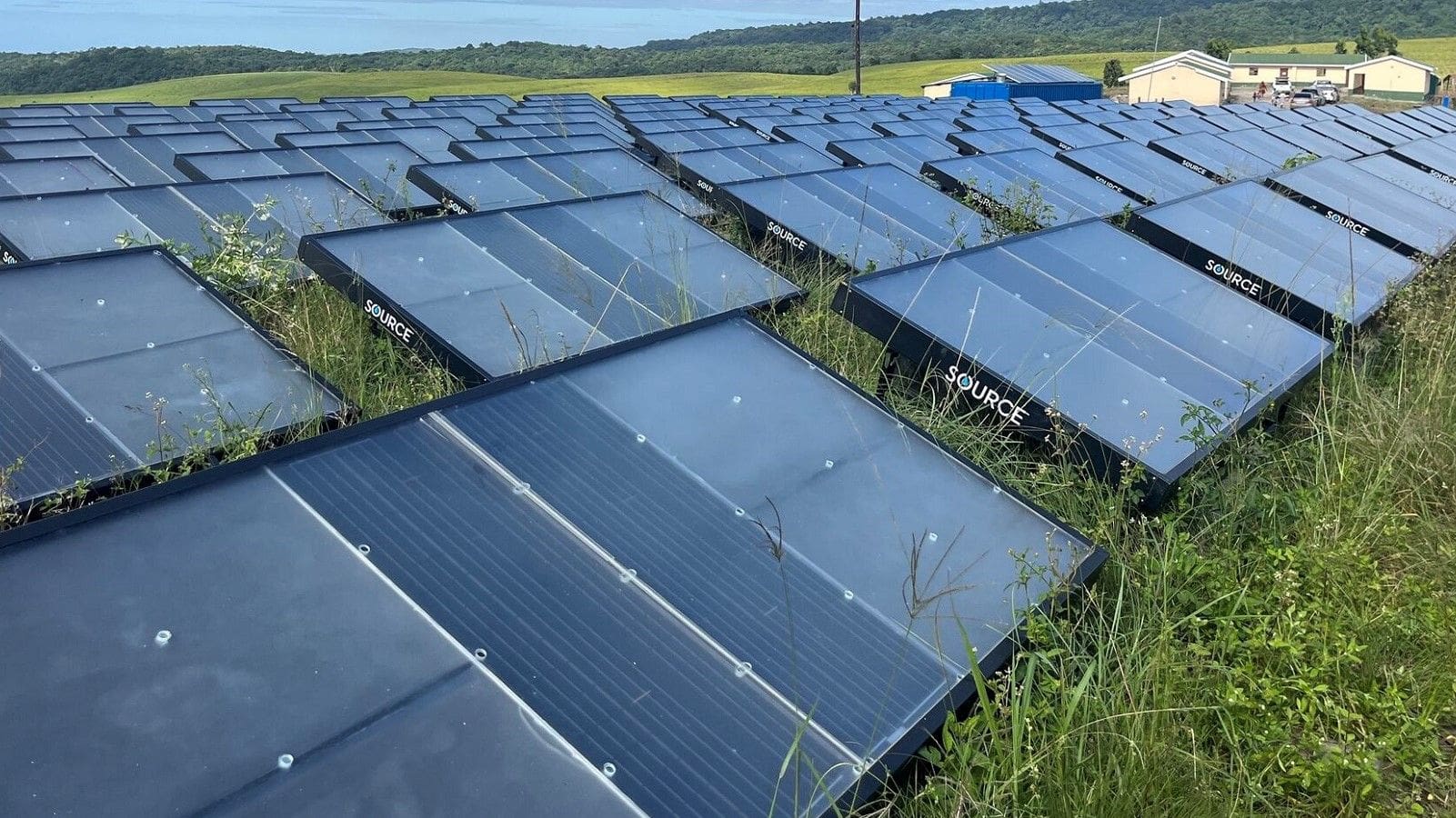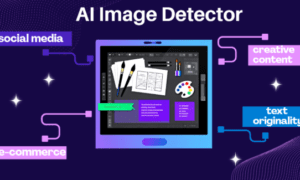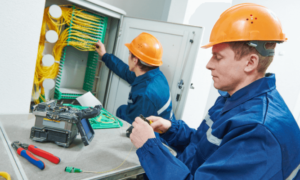Delve into the environmental impact of SOURCE’s innovative hydropanels. Discover how this groundbreaking technology is reshaping water sustainability and curbing carbon footprints.
This comprehensive case study evaluates the significant role of atmospheric water generators, focusing on SOURCE’s unique model, in reducing our carbon footprint and fostering a more sustainable future.
Hydropanels Are A Game-Changer in Tackling the Carbon Footprint
They say necessity is the mother of invention. In a world threatened with water scarcity and environmental degradation, SOURCE’s hydropanels have emerged as a bright beacon of sustainable innovation. These remarkable devices, drawing moisture from thin air, are not just quenching thirst but also offering a potential solution to the problem of water availability.
A Drop in the Ocean: Understanding the Carbon Footprint of Traditional Water Sources
Before we dive into the role of hydropanels, let’s take a moment to understand the carbon footprint associated with traditional water sources. From extraction and treatment to distribution and disposal, each stage of the water lifecycle generates a significant amount of greenhouse gas emissions. Bottled water, in particular, is a notorious offender. It takes a whopping three liters of water to produce a single liter of bottled water. And let’s not even get started on the plastic waste!
Atmosphere to Aqua: The Lowdown on Hydropanels
So, how do these hydropanels work? Well, they’re ingenious devices that tap into the power of the sun and the humidity in the air to produce clean, drinkable water. The technology works like this: they use energy to pull in air, from which they extract water vapor. This vapor is then condensed into liquid water, mineralized, and voila, you’ve got yourself a fresh supply of H2O!
Quenching Thirst, Curbing Carbon: The Case of SOURCE
Now, onto the star of the show—SOURCE and its flagship product, hydropanels. As we’ve established, these aren’t your average water-producing machines. SOURCE’s hydropanels go a step further. Not only do they generate clean drinking water, but they also do it with a minimal carbon footprint by utilizing solar energy – unlike other atmospheric water generators which use electricity from the grid.
Operational Efficiency and Carbon Savings
Let’s look at the numbers. SOURCE’s atmospheric water generators, powered entirely by solar energy, cut out the need for energy-intensive water treatment and transportation. The result? A whopping reduction in carbon emissions compared to traditional water sources.
Bottled Water Be Gone
By providing a decentralized and renewable source of clean drinking water, SOURCE’s hydropanels eliminate the need for bottled water, thereby reducing plastic waste and further curbing carbon emissions.
FAQs
What’s the connection between atmospheric water generators and carbon footprints?
There are a variety of atmospheric water generators available. The majority of them use external energy, which means that they lack sustainability as they need to be continuously powered by the grid. However, hydropanels produced by SOURCE harness solar energy and humidity to produce drinkable water, circumventing the need for external power which makes them sustainable, clean and independent from fossil fuels.
How do hydropanels help reduce plastic waste?
By offering a renewable source of clean drinking water, these generators eliminate the need for plastic bottles, thereby reducing plastic waste and associated carbon emissions.
How do SOURCE hydropanels work?
These generators use solar power to extract water vapor from the air. This vapor is condensed into liquid water, mineralized, and finally, you have clean, drinkable water at your disposal.
Are they a viable solution for water scarcity?
Absolutely! They offer a decentralized and sustainable solution to water scarcity, particularly in regions with limited access to clean water.
How do SOURCE’s hydropanels differ from other atmospheric water generators?
SOURCE’s hydropanels are not only efficient in water generation but also run on solar energy rather than grid which makes them a more environmentally friendly choice.
A Splash of Green: The Bigger Picture of Water Sustainability
The contribution of atmospheric water generators to reducing our carbon footprint is just one drop in the bucket. The broader picture is water sustainability. In a world where water scarcity is an increasingly pressing concern, this technology offers a glimmer of hope. They promise a future where access to clean drinking water doesn’t come at the cost of our planet’s health.
SOURCE: Pioneering a Sustainable Water Future
SOURCE isn’t just creating hydropanels. It’s catalyzing a paradigm shift in how we think about water production. By tackling the carbon footprint head-on, this innovative company is setting a new standard for environmental responsibility in the water industry. And the ripples of this change are bound to reach far and wide.
The story of hydropanels is a narrative of innovative thinking and environmental stewardship. As opposed to traditional atmospheric water generators, SOURCE has gone a step further by removing the necessity for external power sources. As we grapple with complex challenges like water scarcity and climate change, this technology couldn’t have been more needed. By quenching our thirst without harming our planet, they’re proving that when it comes to sustainability, every drop counts.
Every time you take a sip of water, think about the journey it’s taken. And, maybe, just maybe, the next glass of water you drink will have come straight from the air around you, courtesy of a hydropanel. This may happen sooner than you think!

































